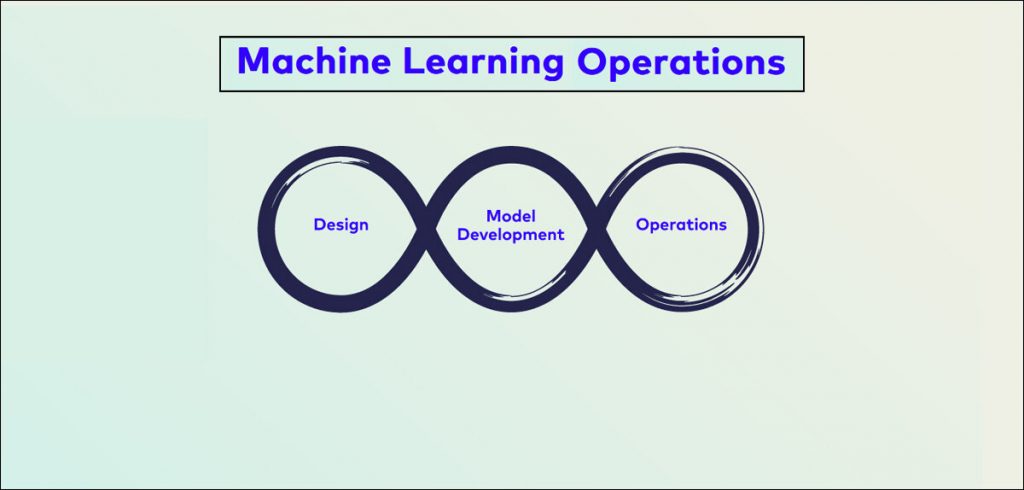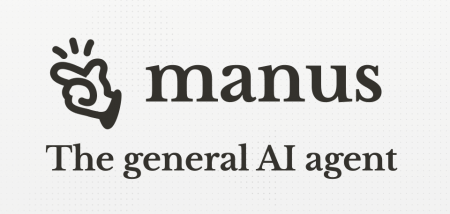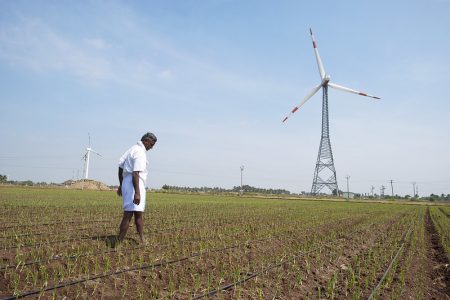MLOps can create real value for your business, thereby becoming a data-driven champion in 2024 and beyond.
Machine learning (ML) has gone beyond the ivory towers and tech titans and is now a part of many aspects of existence. It is used on Netflix to recommend movies based on your preferences, in spam filtering, and to power AI-based voice interfaces like Siri and Alexa. Nevertheless, creating a powerful ML model is only the first step in the process. Think about it in terms of a new app; it is a unique, efficient tool, but even when it is the best tool in your arsenal if you cannot put it to use, manage it, and sustain it, then it needs more value. This is where MLOps (machine learning operations) come into the picture.
Consider this: You have created an intelligent virtual assistant that will likely transform your business’s consumer service arm. It is particularly proficient in terms of question and answer identification as well as in offering quick and accurate answers. But then reality sets in. It feels like being in a maze when it comes to deploying it, not to mention data management, which becomes a logistical nightmare, and tracking its performance is like trying to look through a fog. Rather than improving your customer service, your AI assistant is now just an expensive, inefficient addition.
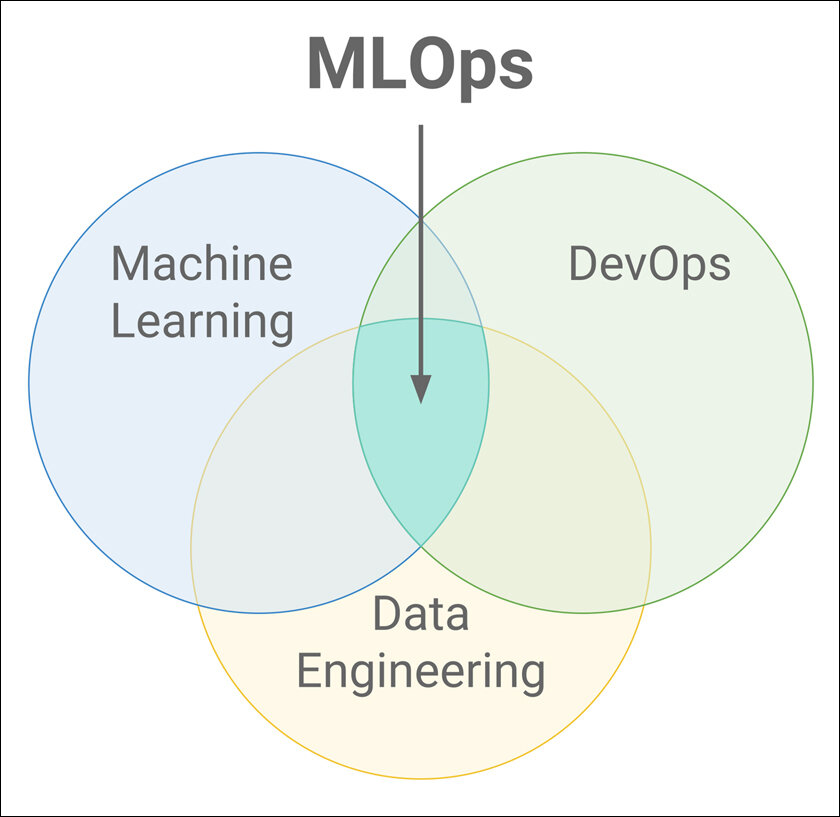
(Image Credit: Wikipedia)
Understanding MLOps
MLOps can be described as a structured methodology used to develop, deploy, and manage operational machine learning models at scale. It is a combination of machine learning and operations, wherein the ML system was developed under the principles of DevOps to solve issues related to the management of models. First of all, MLOps is dedicated to the collaboration of data scientists who develop the model and operation teams who are in charge of the model’s deployment and management.
This approach to collaboration guarantees that models are not just created in an abstract framework and tested only in the lab but are viable, feasible and equipped for implementation. MLOps brings the development and operation teams-two groups typically working in isolation-together in a tightly integrated manner. This includes version control and model validation, CI/CD, monitoring of models, as well as its governance.

Some essential components of MLOps
- Version Control for Models and Data: Similar to code, both the ML models and the datasets go through iterative changes that need to be tracked, managed and versioned. This is made possible by the use of tools such as DVC (Data Version Control) and MLflow.
- Automated Pipelines: Decisions on automation in model pipelines are essential factors in MLOps because they help in optimisation. CI/CD pipelines eliminate complexities in the training, testing, and deployment phases through automation. Jenkins, GitHub Actions, and GitLab CI are a few of the technologies in this field.
- Scalability and Performance Optimisation: MLOps guarantees models’ high efficiency and their ability to handle greater volumes of data and larger numbers of users. Some of these are, leveraging distributed computing frameworks such as Apache Spark and optimising model inference with technologies such as TensorRT.
- Collaboration and Communication: Specific examples of integrated platforms include Kubeflow for machine learning pipelines and MLflow for collaborative tools built for data scientists and operations teams. These platforms enable experiment tracking, model packaging, and the management of deployed models to enhance cohesiveness.
Strategies for a Successful MLOps Implementation
- Start Small, Scale Gradually: Start with a straightforward project that can be used to test your MLOps processes. Let the scaling happen organically as you improve your processes and tools continually. This approach is less risky and offers an opportunity to make changes in the future when the program is implemented.
- Invest in training and upskilling: Ensure that your team is adequately trained and informed. Ensure that training programs cover both the machine learning and the operational side. The best sites that provide quality courses in MLOps include Coursera and Udacity.
- Leverage Cloud Services: AWS, Google Cloud, and Azure are among the cloud platforms that offer diverse MLOps capabilities such as the training, deployment, and monitoring of models as services. These platforms can help in faster adoption of MLOps and must be seen as solutions that can minimise the issues of infrastructure complexity.
- Implement Robust Security Measures: It is always safe to ensure that models and data are well protected and secured. An access control mechanism should be implemented, as should the encryption used in the data, and the security of the data should be audited often. With the help of standard security measures and practices used in model building, mistakes such as misinterpretation and model tampering can be avoided
- Foster a Culture of Collaboration: Promote cooperation among data science, engineering, and operations departments. Effective communication within the team means that models are not only modelled perfectly but also serve the organisation’s purposes.
- Standardisation: Adopting standard measurement tools and practices in all stages of ML increases process reliability and replicability. This makes it easier not to continually invent or look for solutions, especially where other people have already solved similar or the same problems in previous projects.
- Metrics-Driven Approach: MLOps are primarily data-driven as a process. Managing ML metrics at every stage of the lifecycle enables teams to manage potential issues, find more efficient strategies, and estimate project efficiency.
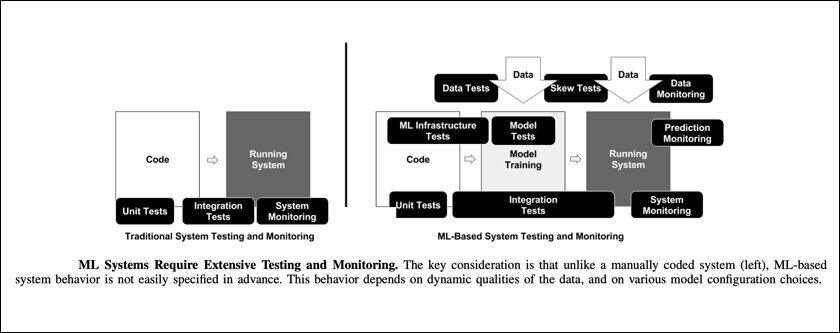
Real-Time MLOps: Special Considerations
For real-time ML applications, it is especially important to adhere to MLOp’s best practices. Here are some special points to consider:
- Low Latency Streaming: Real-time models need an effective feed system that can incorporate large amounts of data at high velocity but with low latency. This can include runtime computation services such as Apache Flink or Spark Streaming or message queuing services such as Apache Kafka or Apache Pulsar for sustaining message accumulation. For instance, the low-latency data flow is important for the communications between drivers and riders in ride-sharing services such as Uber.
- Feature Engineering on the Fly: Traditionally, feature stores tend to cause data latency issues and hence cannot be used in real-time applications. There has been a rise in using online feature stores, which are specifically designated for serving low-latency features only. These stores may be in terms of pre-computed features that are stored or the more dynamic features that require computation on the go. An example of a digital business that uses an internal online feature store is Netflix, which provides users with real-time personalisation of content suggestions.
- A/B Testing and Rollouts: Adaptive experimentation becomes crucial to determining how these models affect performance indicators with minute-by-minute effectiveness in a live environment. The principles of MLOps must suggest that the pipelines of MLOps should be in a way that enables gradual and secure deployment of new models. For instance, some firms, such as Amazon, perform testing to determine if changes to recommendation algorithms will improve the site while not having detrimental effects.
- Disaster Recovery and Rollback Plans: Real-time systems are inherently more vulnerable to crises. Disaster recovery systems and auto-rollback mechanisms are important in MLOPs to prevent negative impacts from model failures and to reduce downtime. For example, in the case of stock trading platforms, rollback features are included to enable the underlying rollback architecture to be rolled back in adverse scenarios, thus avoiding a high risk of loss.
Final Thoughts
Beginning your MLOps journey in 2024 lays down a certain set of practices and frameworks that ensure the models are smoothly transported from the development to the deployment phase and beyond. Knowing how to manage versions, create pipelines, track results and secure the project, anyone can make a concept come to life and be ready to grow.
As noted earlier, MLOps is not a one-off process, but an iterative and continuous one. By employing the mentioned practices and strategies in developing ML models, you can ensure that they create real value for your business, thereby becoming a data-driven champion in 2024 and beyond. Through the above-stated strategies, your organisation will be able to fully benefit from machine learning and promote innovation.
In case you missed:
- Hybrid and Multi-Cloud technologies in 2024: Developments, challenges, and Innovations
- What’s new in Azure app service at Build 2024: Key announcements and features
- Deciphering RHEL AI: An Open Source Approach to Artificial Intelligence
- Alteryx’s New AI Assistant: Streamlining Analytical Workflows
- Top 5 Cybersecurity Trends in 2024: Protect Your Business Now
- Identifying the Best Development Tunnelling Tool: Ngrok vs. Localtunnel
- Devin AI: Software Engineers’ Next-Gen Assistant
- Unleashing the Power of Voice: Exploring Meta Voicebox AI
- GPT-2 Chatbot Mystery: Outperforming GPT-4 or Next-Gen AI?
- Blackwell chip: Nvidia engine for breakthrough AI



